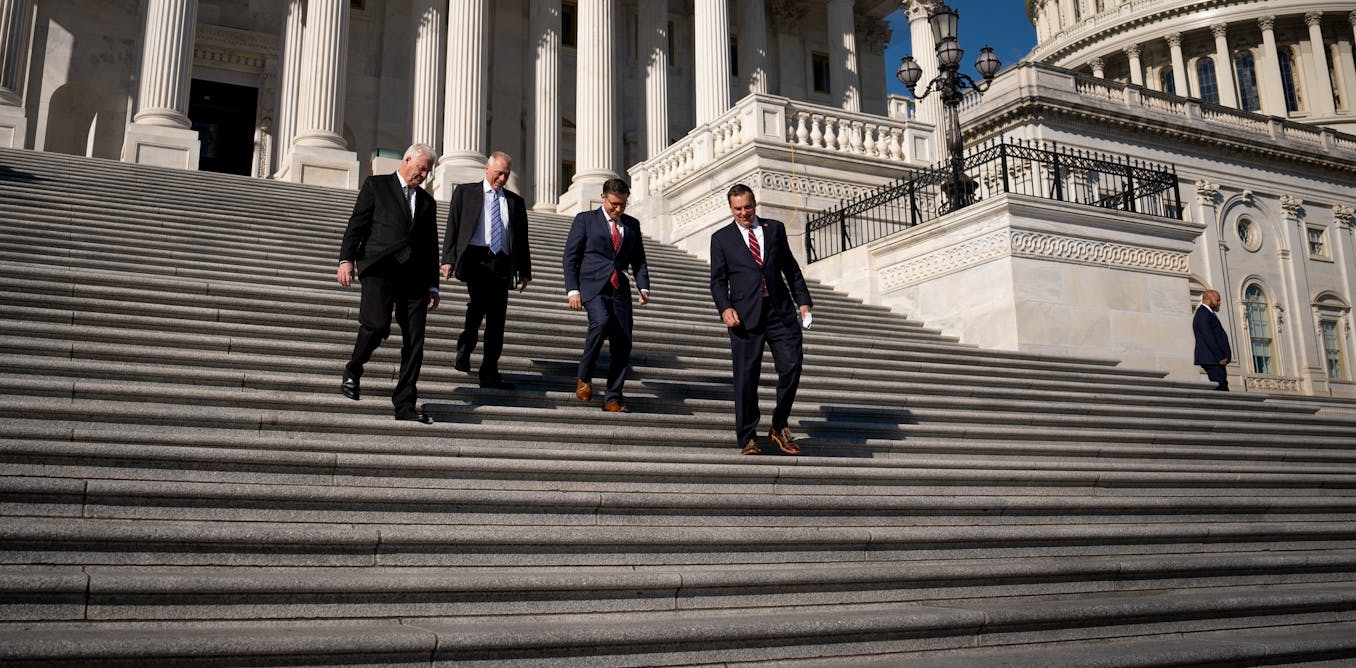Business
US food insecurity rate rose to 13.5% in 2023 as government benefits declined and food prices soared

The official U.S. food insecurity rate rose to 13.5% in 2023 from 12.8% in 2022, according to data the U.S. Department of Agriculture released on Sept. 4, 2024. That means more than 1 in 8 Americans – about 47 million people – couldn’t get enough food for themselves or their families at least some of the time.
This is a significant increase from a recent low of 10.2% in 2021. Food insecurity grew in the two years that followed due to a sharp decline in government benefits, including money for groceries from the Supplemental Nutrition Assistance Program and the program that pays for students to get lunch and breakfast for free at school.
Higher food prices, largely driven by rapid inflation, also played a big role, as did elevated housing costs.
We are sociologists who study food insecurity. We’re concerned about the growing scale of this problem, which can happen in many ways, in a country where there’s enough food for everyone living here – and about 40% of the food produced goes to waste.
What’s food insecurity?
If you can’t afford to refill the fridge, find keeping a balanced diet too expensive, eat too-small portions, skip meals altogether, experience the physical sensation of hunger or lose weight solely due to lacking the money to put food on the table, you’re experiencing food insecurity.
It’s common for more than one of these factors to apply at the same time.
This trend may surprise you, given the attention the public, policymakers, politicians and the media paid to food insecurity at the height of the pandemic in the U.S. and around the world.
Once everything from public libraries to dentists’ offices shut down, there was a great deal of mobilization to help feed people during the COVID-19 pandemic lockdown.
Public schools began to make free breakfasts and lunches available for pickup; the federal government gave every family three rounds of economic impact payments and expanded the child tax credit; and food banks and pantries overcame logistical obstacles to keep their doors open and accommodate new clients.
Rates vary by state
Although the national food insecurity rate is significant, it doesn’t always reflect what’s happening everywhere. Rates vary a great deal between states, partly due to different levels of government support for people in need at the state and local level.
For example, the food insecurity rate in Oklahoma, where we both live and work, averaged 15.4% from 2021 to 2023. That was the fifth-highest rate after Arkansas, Texas, Mississippi and Louisiana, and more than three percentage points above the national level for the three-year period.
We believe that food insecurity remains on an upward trajectory. Barring any major policy changes that continue to slow iNFLation and dramatically reduce the price of food in 2024 or 2025, this rate is unlikely to drop again in the Biden administration’s final year or the first year of the next president’s term.
-

 Business2d ago
Business2d agoNew Information: These HV Big Lots Are Now Staying Open
-

 Business2d ago
Business2d agoBrush Fire Rages On Near Butternut In Great Barrington, MA
-

 Business2d ago
Business2d agoU.S. Antitrust Regulators Seek to Break Up Google, Force Sale of Chrome Browser
-

 Business2d ago
Business2d agoSuccessful White Men Alone Can’t Create America’s Economic Future
-

 Business2d ago
Business2d agoThe Rise of Silent Services
-

 Business3d ago
Business3d agoTim Latimer
-

 Business4d ago
Business4d agoFirm bosses urged to make use of Welsh language to revitalise rural economic system
-

 Business5d ago
Business5d agoClimbing Fans: A New Place to Boulder and More in Kingston





















